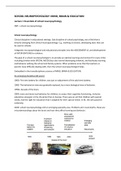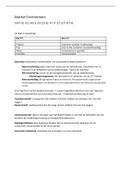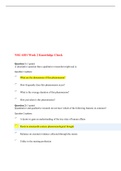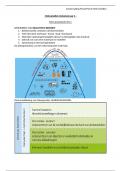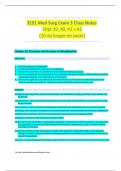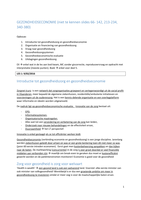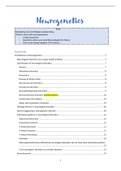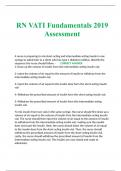Class notes
School Neuropsychology Lectures Notes
- Course
- Institution
This document contains all of the lecture notes of the course School Neuropsychology: Mind, Brain & Education. It is are extensive notes with lots of illustrations as futher elucidation of the course materials.
[Show more]
